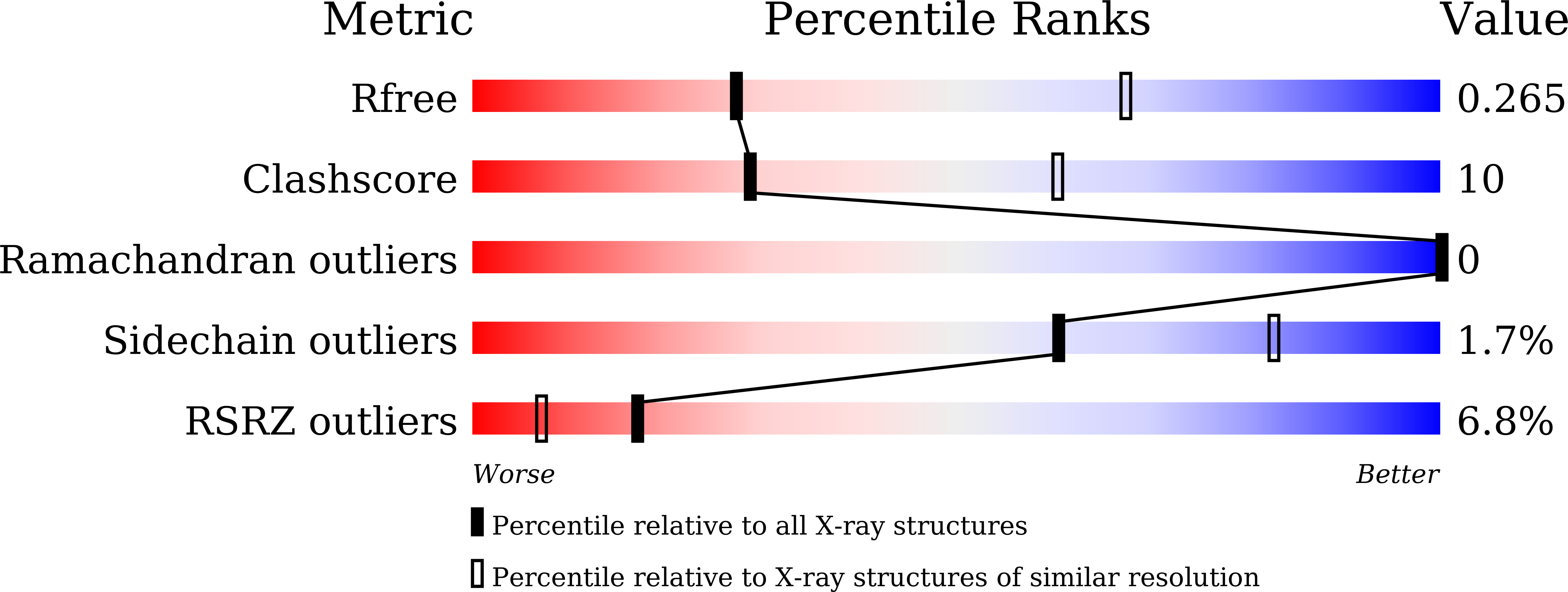
Deposition Date
2023-04-26
Release Date
2023-11-29
Last Version Date
2023-12-27
Entry Detail
PDB ID:
8J6K
Keywords:
Title:
Crystal structure of pro-interleukin-18 and caspase-4 complex
Biological Source:
Source Organism:
Homo sapiens (Taxon ID: 9606)
Shigella flexneri (Taxon ID: 623)
Shigella flexneri (Taxon ID: 623)
Host Organism:
Method Details:
Experimental Method:
Resolution:
3.12 Å
R-Value Free:
0.26
R-Value Work:
0.23
R-Value Observed:
0.24
Space Group:
P 31 2 1


